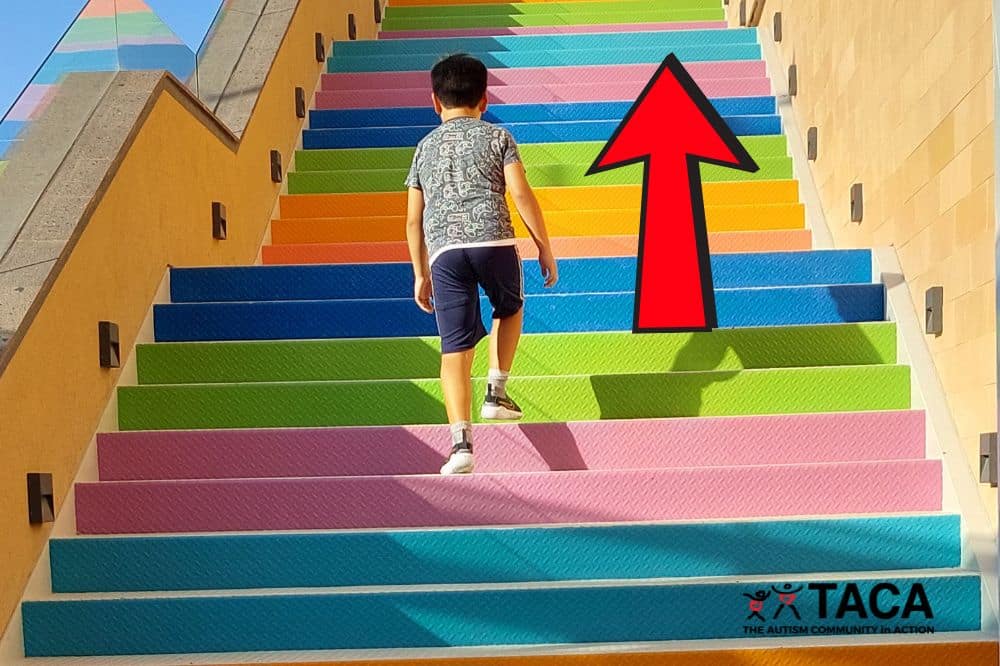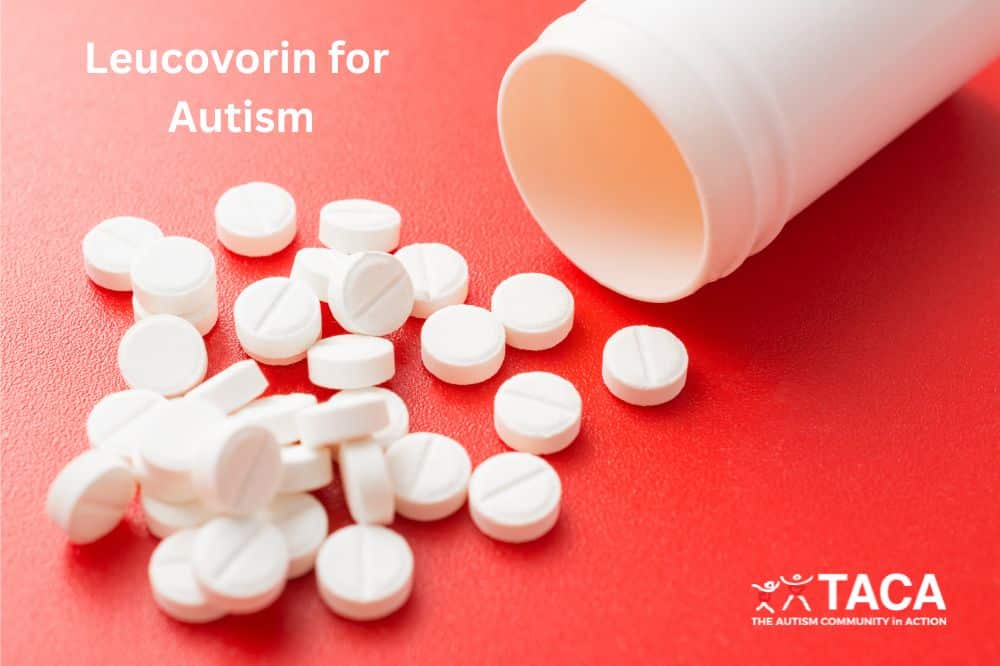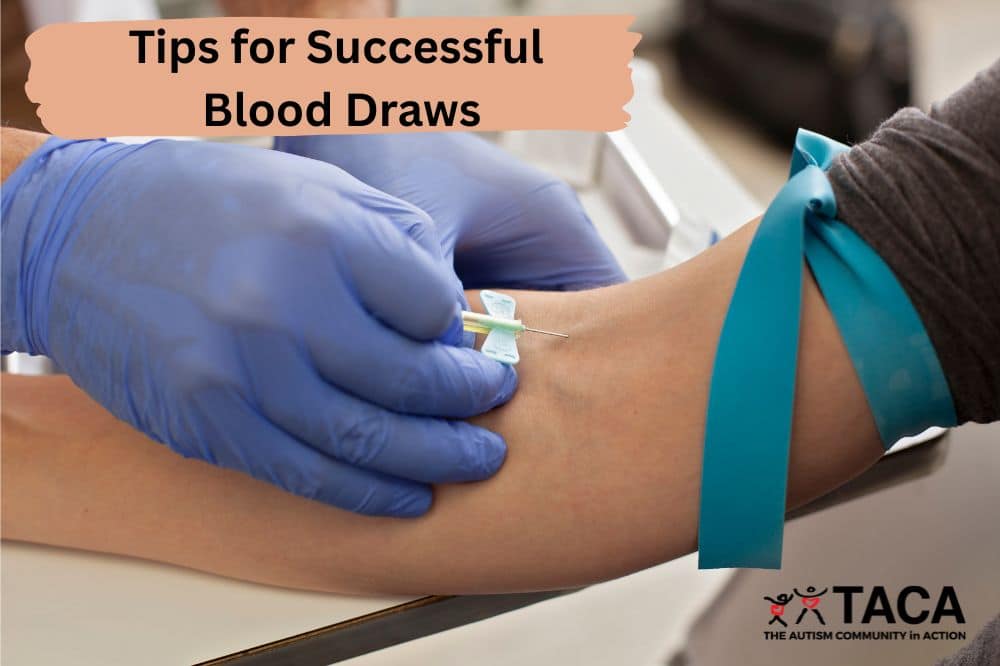Early Childhood Intervention and Individualized Family Service Plans

All contents of this resource were created for informational purposes only and are not intended to be a substitute for professional advice, diagnosis, or treatment. Always seek the advice of your physician, therapist, or other qualified health providers with any questions or concerns you may have.
While the average age a child is diagnosed with autism is four years old, most children show developmental warning signs much earlier. Children under the age of three that have a developmental delay may be eligible for state early intervention services. This article breaks down early childhood intervention (ECI) services and how to obtain services through an Individualized Family Service Plan (IFSP). Starting therapeutic interventions young helps to support your child’s development.
What is Early Childhood Intervention?
Early Childhood Intervention (ECI) is a government-funded program that provides services and supports for children with developmental delays. Sometimes ECI can be confusing because each state has its own program with a different name and eligibility. Find your state’s early intervention program contact information here.
Below lists basic information about ECI to help you get started.
- Early Childhood Education includes, but is not limited to, children showing signs of autism or are diagnosed with autism
- Available to children from birth until the child’s 3rd birthday
- Federally mandated through Part C of the Individuals with Education Act (IDEA)
- You are not required to have a doctor referral to access ECI services. If you are concerned about your child’s development, call your local ECI office to schedule an intake appointment.
- Your child does not need a formal diagnosis to receive services
- However, your child does need an evaluation showing developmental delays
- Typically, there is no charge for the evaluation through the state agency
- The state ECI agency must complete your child’s evaluation within 45 days of the initial appointment.
- The evaluation process includes parent input, observations, and standardized developmental checklists and assessments.
- If your child qualifies for services, you will receive an Individualized Family Service Plan (IFSP)

Individualized Family Service Plan (IFSP)
The Individual Family Service Plan is both a process and a document. The process includes the initial referral to your state ECI agency and determining eligibility. Once a child is found eligible for ECI services, the IFSP team develops and writes the service plan document. The service plan document is called an Individualized Family Service Plan (IFSP).
- At this point, the state assigns your family a service coordinator, who will help you:
- Write the IFSP
- Coordinate therapies and services
- Walk you through transitioning out of early intervention when your child turns three years old.
- The IFSP document includes:
- Child’s strengths and parent concerns
- Present Level of Performance. This refers to the skills your child is currently able to do
- Sometimes you will hear the acronyms PLOP or PLP when discussing Present Levels of Performance.
- Goals to support your child’s development
- Learn more about writing goals in TACA’s article SMART IEP Goals
- How the caseworker, interventionist, or therapist will measure progress
- What types of services your child will receive
- Speech, occupational therapy, physical therapy, speech therapy, assistive technology, family training, medical services, and more based on the child’s needs
- Learn more about types of therapy from TACA’s article Therapeutic Interventions
- The frequency and duration of each therapy service
- For example, Speech therapy two times per week for 1 hour per session
- Location of services
- Early intervention focuses on providing services in the natural environment when possible
- This includes home, community, or childcare settings
- Services provided are free or at a reduced rate based on a sliding scale. Each state is different, so check with your caseworker.
- Once IFSP services begin, you will review the document every six months with your service coordinator.
- Remember, this is a living document, which means you can modify it with your service coordinator as your child’s needs change.
- Before your child’s 3rd birthday, transition planning begins to move to special education services at your Local Education Agency (LEA).
- This process should start at least 90 days before your child’s birthday
- Planning can begin as much as six months before their 3rd birthday
- After transitioning to the public school system, your child will be eligible for special education services and have an Individualized Education Plan (IEP)
Conclusion
Children displaying developmental delays, symptoms of autism, or who have an autism diagnosis may be eligible for Early Childhood Intervention. The goals, services, and how progress is measured are written into a document called an Individualized Family Service Plan. The purpose of the IFSP is to empower families to support their child’s development. Above all, the parents play an active role in developing your child’s IFSP and supporting their progress towards meeting milestones.




